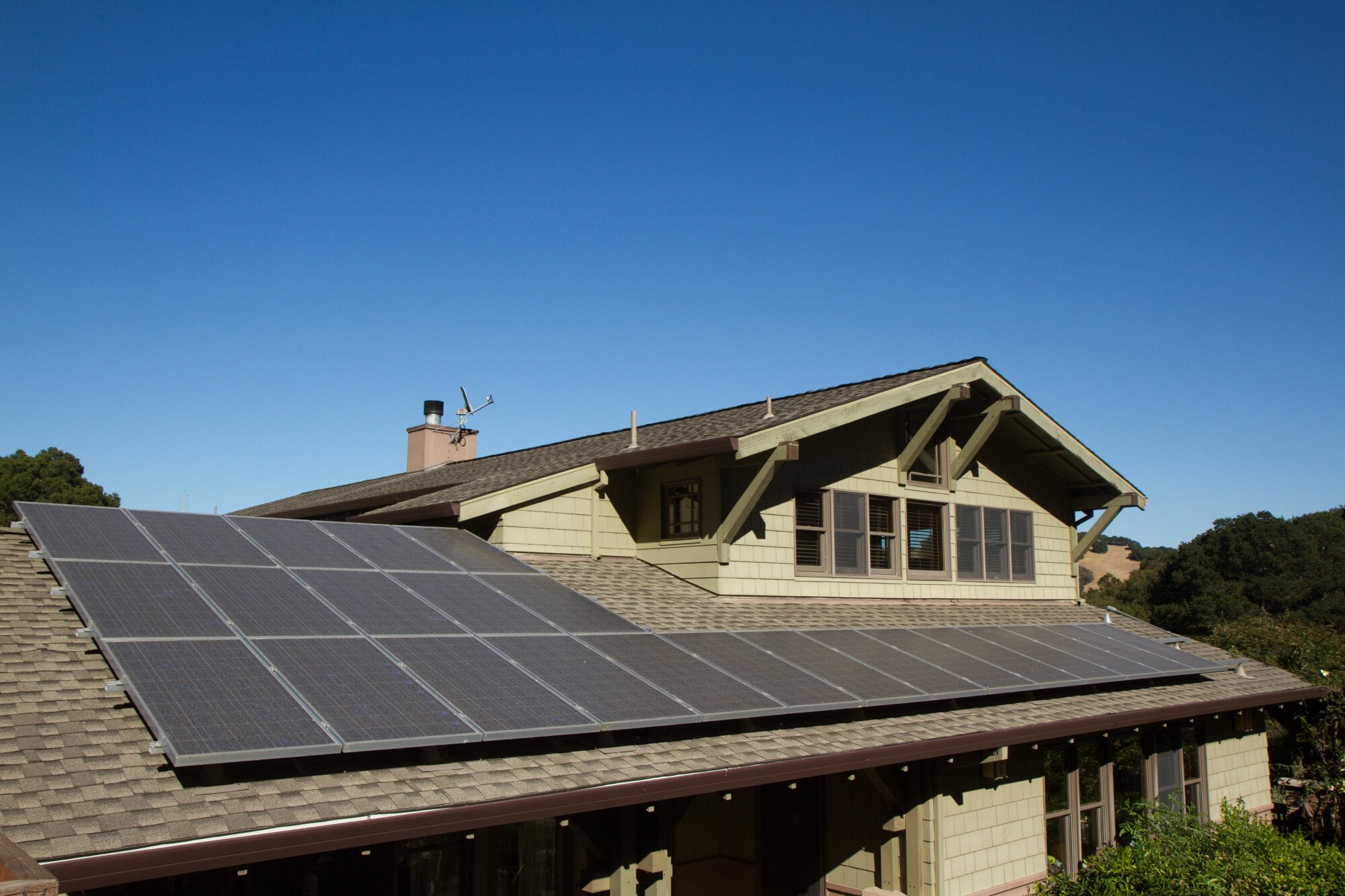Setting Up Your Solar Energy System

The process of constructing a solar energy system can be a little bit complicated but if you have a proper guide and the right parts to start with then the entire process should be relatively painless. There are four main components to a solar energy system: the panels, the solar array, the battery, and the storage unit (s). You may also want to include a system meter that will tell you how many kilowatt hours your system is using at any one time. These systems can provide electricity for a number of things such as running your lights and appliances, charging cell phones, as well as heating water and storing it for winter months. All in all, a solar energy system can really help out if you do not wish to rely on the grid or on your local utility company to provide you with power.
The first component of your solar energy system is the panels. They are usually made out of silicon, which is a semiconductor, which means it has an electronic charge and this charge will allow the panels to make electricity. Usually you will have to mount these panels on to your roof, but there are also some types that are designed to be installed on to the flat back of your home. Some people prefer to have their panels positioned above their roof so that they do not need to climb up on the roof, while others think that this could lead to safety issues and would rather have them mounted on the roof of their garage or on the porch of their home. To get the best solar energy system, click here: blueravensolar.com/illinois/chicago/.
Next, once you have installed the panels you will need somewhere to put them and where to put the battery that will store the power. You can mount them on to the roof or some may prefer to mount them on to the side of your roof, where they can be accessed readily. If you choose to mount them on to the roof, then you will need to make sure that there is adequate space above the panels to allow for the battery to be fitted and there should also be ventilation holes installed so that the battery does not overheat. If you choose to mount them on to the side of the house, then you will want to make sure that you place them in an area that allows for the sun rays to shine upon them, as too much sun can damage the panel.
Once the batteries are installed, you will want to connect the solar energy system to your inverter. The inverter will require a regular connection to your household power supply to ensure that it continues to function and your new inverter will also need to be connected to the battery and this is where things start to get a little difficult. You will want to connect the inverter to your house main power supply and it will be necessary to find a surge protector for the connection. This will help to reduce any potential of power surges, which will allow you to monitor the performance of your solar energy system. Once you understand how the entire set up works, you will find that once you install one or two panels you will no longer need to purchase additional equipment to meet your needs. View here to get the savings estimate for the solar energy system.
As mentioned earlier, you will still need to have a good solid source of electricity to power your PV system. You will need to have some sort of backup electricity in case your solar energy system and your normal electricity grid go down for whatever reason. This can be something as simple as a heavy thunderstorm or even a natural disaster. In order to keep your home and business running smoothly after this, it is critical that you have access to an alternate source of electricity.
It is important that you work with a qualified and licensed electrician when you are setting up your solar energy system and making all of the connections. The installation of a PV system can be a complex process and mistakes can be costly. An installer will come into your home and make the necessary adjustments and connections and should be able to give you a cost estimate. If they cannot offer you a price, then you will want to contact at least two other installers and see who they would recommend. Working with a licensed and insured contractor is essential to getting your project completed on time and on budget. Read more about this topic here: https://en.wikipedia.org/wiki/Solar_panel.
